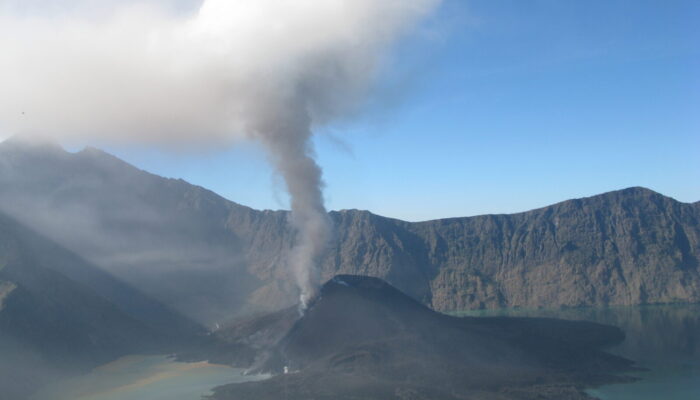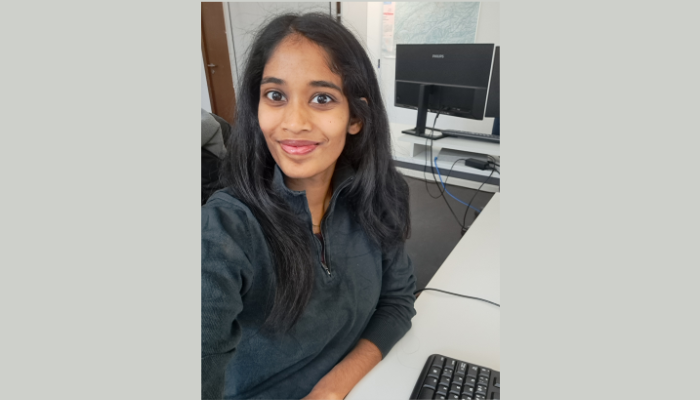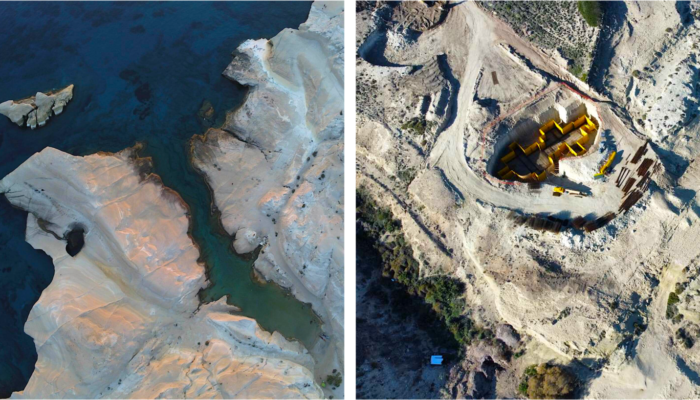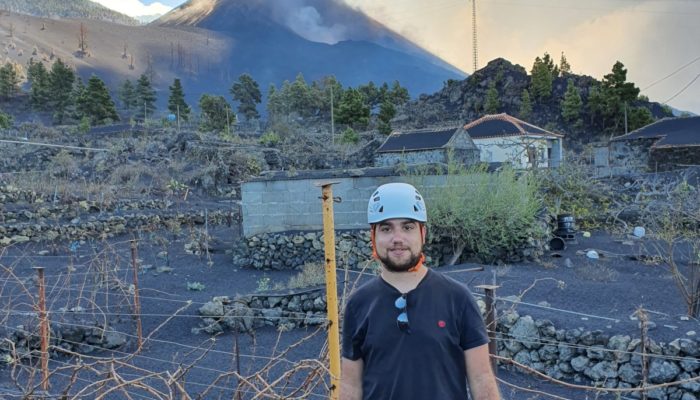Hello Thanushika – welcome to GeoTalk! Before we delve deeper, could you introduce yourself to our readers? Thank you for having me! I’m Thanushika Gunatilake, an Assistant Professor at Vrije Universiteit Amsterdam. My research connects natural and human-induced processes in the Earth’s crust; from earthquake nucleation in the central Apennines, subduction dynamics, and volcanic activity, to geoth ...[Read More]
The spectral shadow of Samalas: When climate models conjure the Earth’s forgotten fury

This Halloween, we turn our gaze from fictional haunts to the chilling, rigorous world of paleoclimatology. The paper by Hartmann et al. (2025), published on Climate of the Past, focuses on the implementation of external forcings in a regional climate model around the 1257 CE Samalas volcanic eruption. This paper can be quite the unsettling investigation, since it treats the Earth itself as a time ...[Read More]
Sarakiniko: A unique geoheritage site under threat
Sarakiniko, a stunning geological landmark on the aegean island of Milos, Greece, is under imminent threat. Known for its breath-taking white tuff formations built by the deposition of submarine volcanic eruptions and sculpted by wind and water over millions of years, this site serves as both a natural laboratory for geoscience and planetary research and a worldwide significant geoheritage site. H ...[Read More]
GeoTalk: Meet Alessandro Musu, magma researcher & science communicator!
Hello Alessandro, thanks for joining us today! Before we delve deeper, could you tell us a little about yourself and your research? Hi, thank you for having me today, I am Alessandro Musu, a PhD student in Petrology and Volcanology at the University of Geneva. I have currently just started my third year. The main goal of my research is understanding the link between deep magmatic processes and eru ...[Read More]



